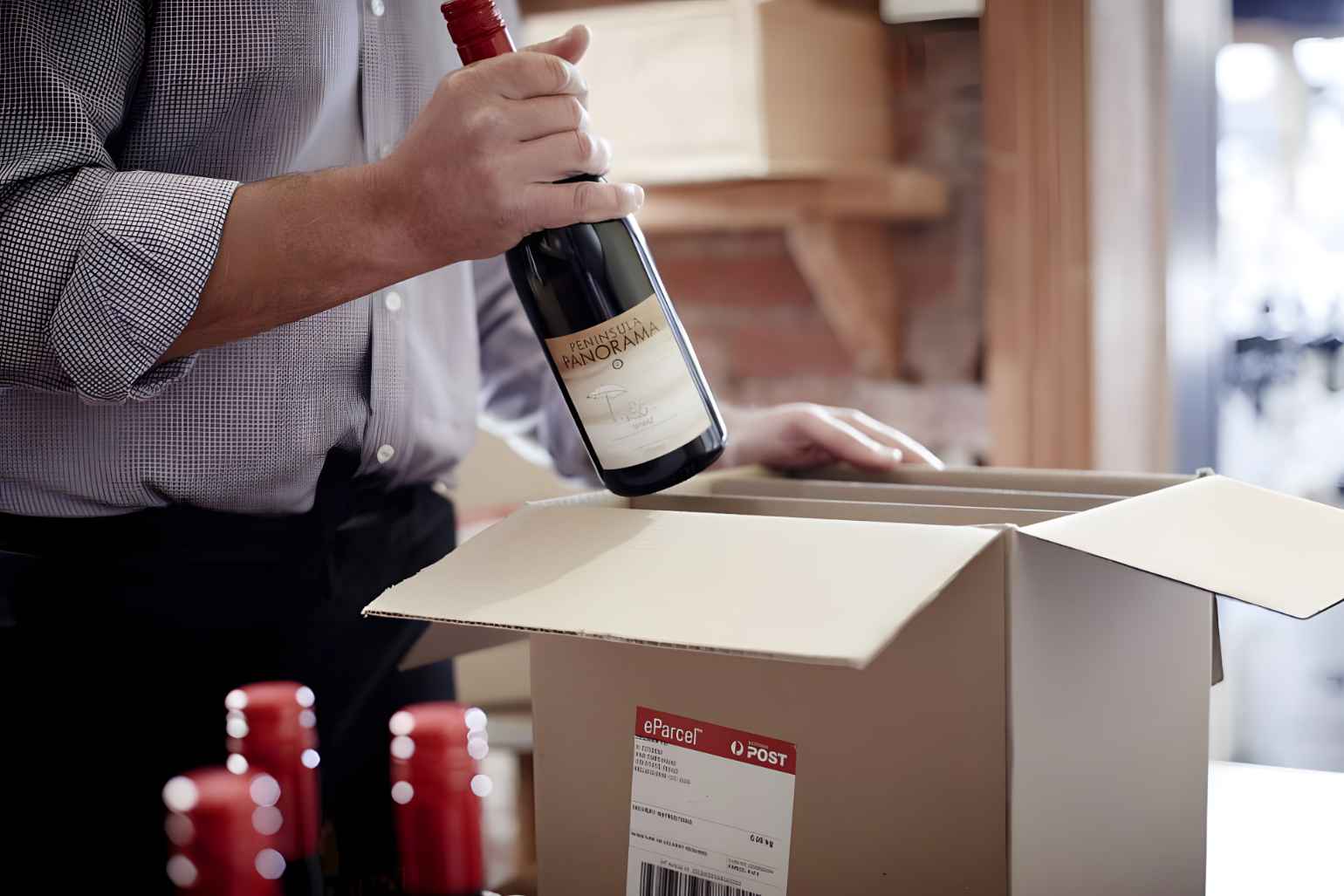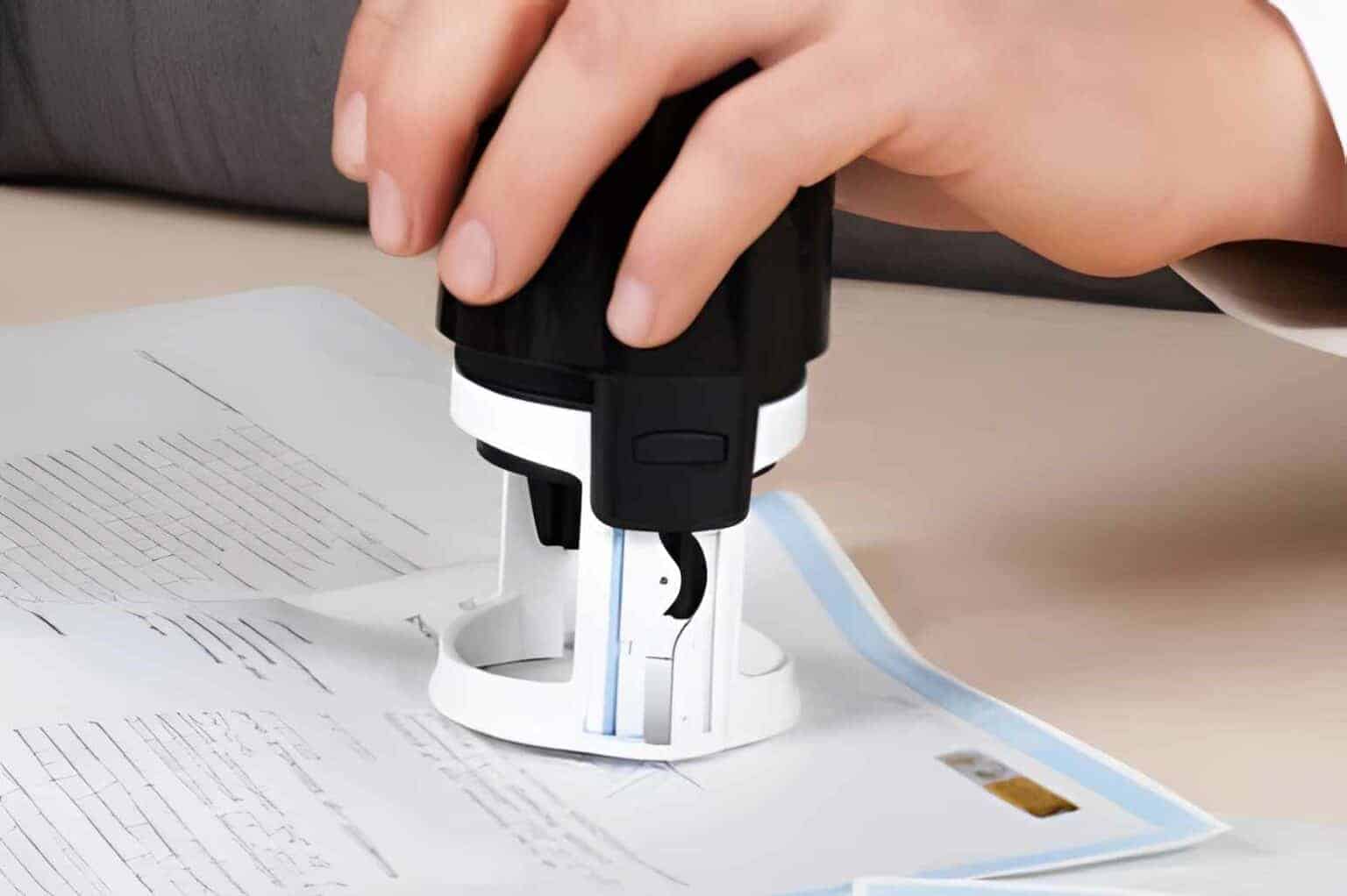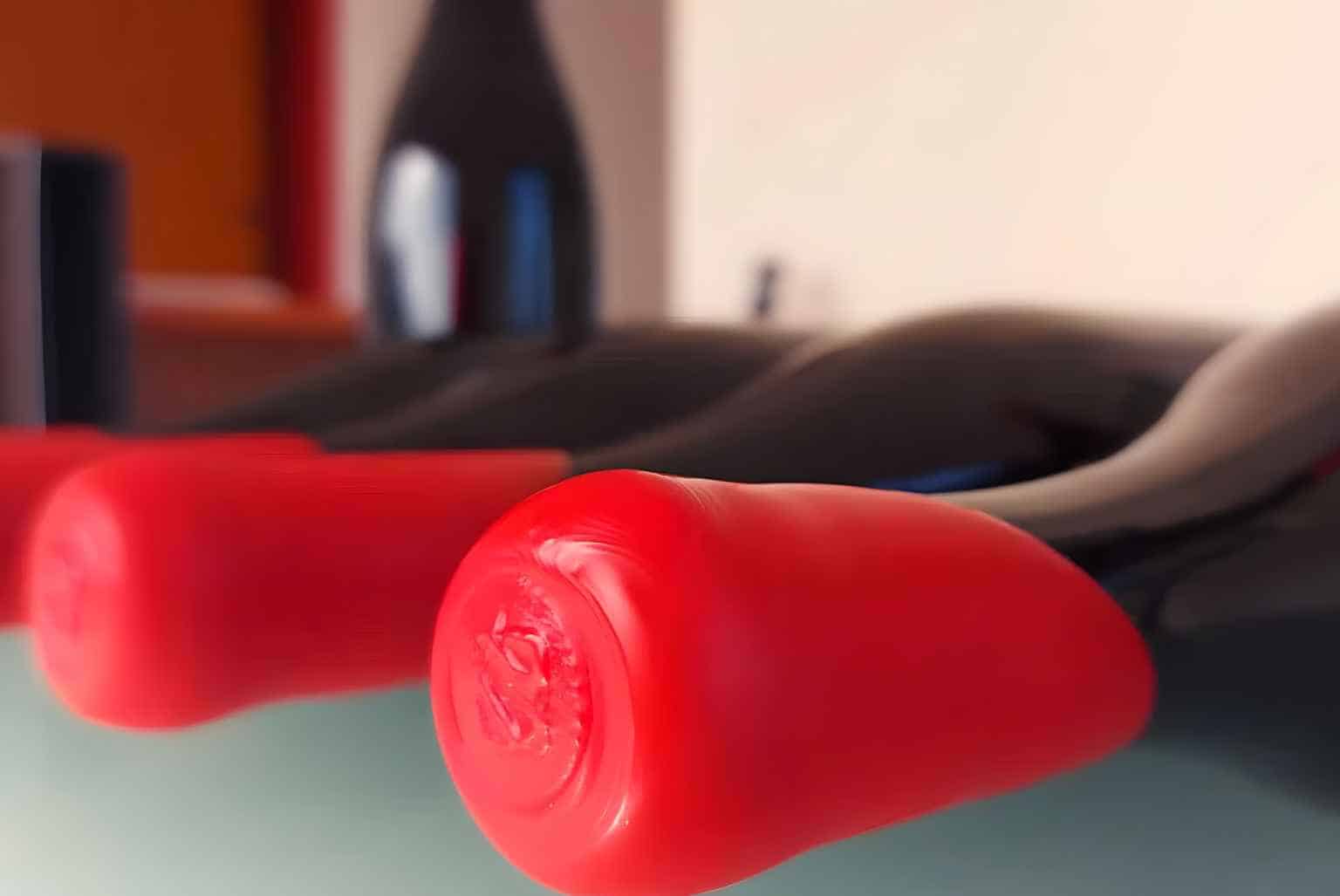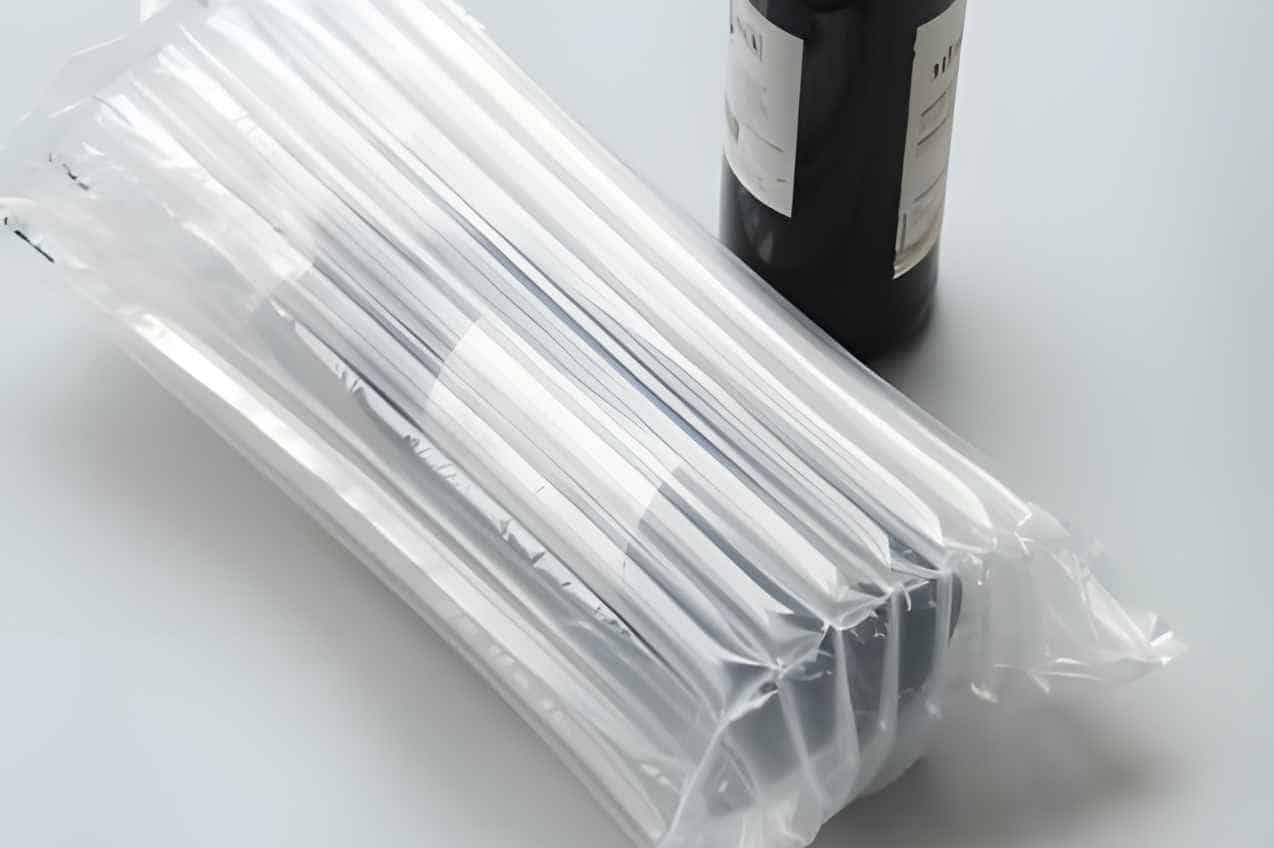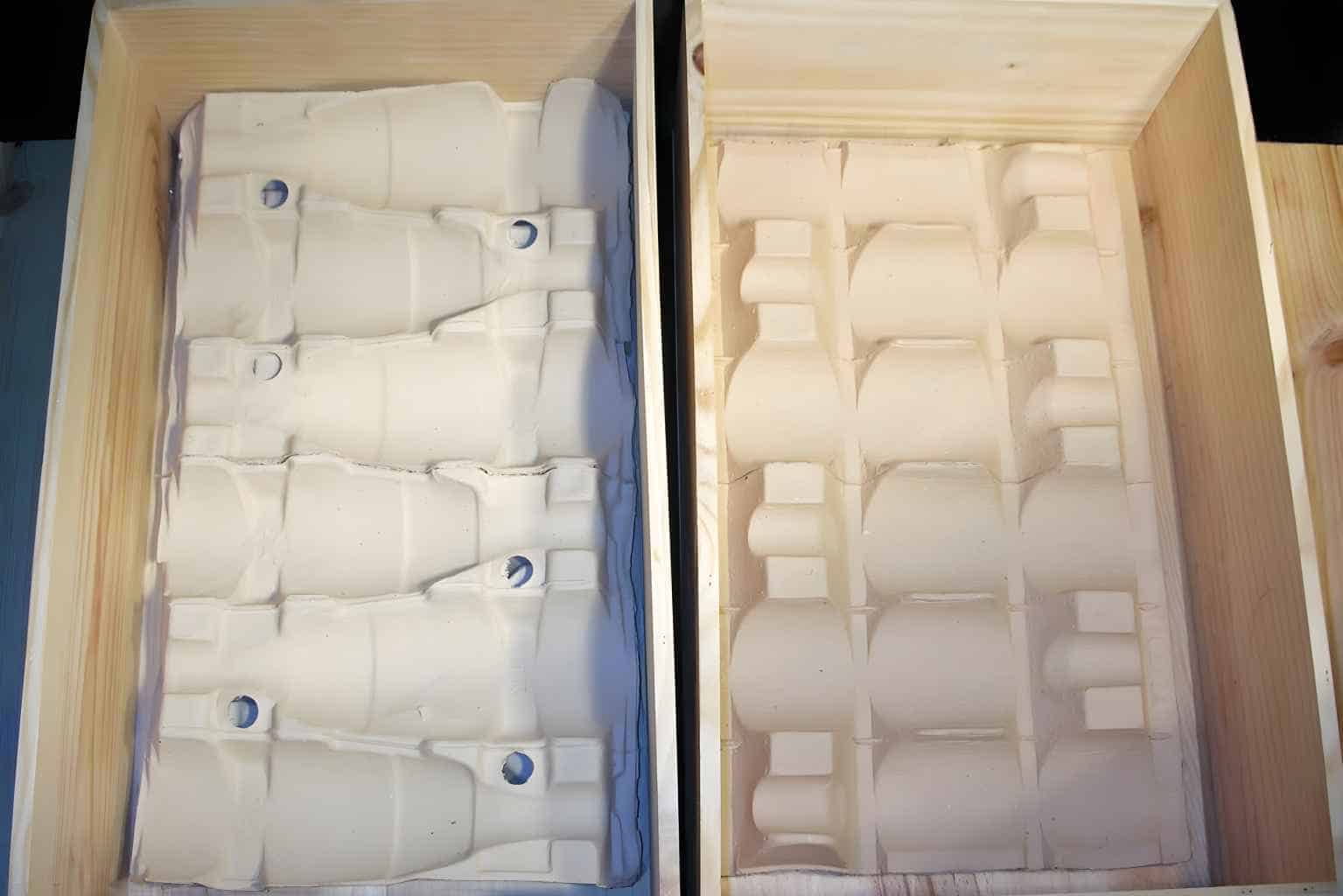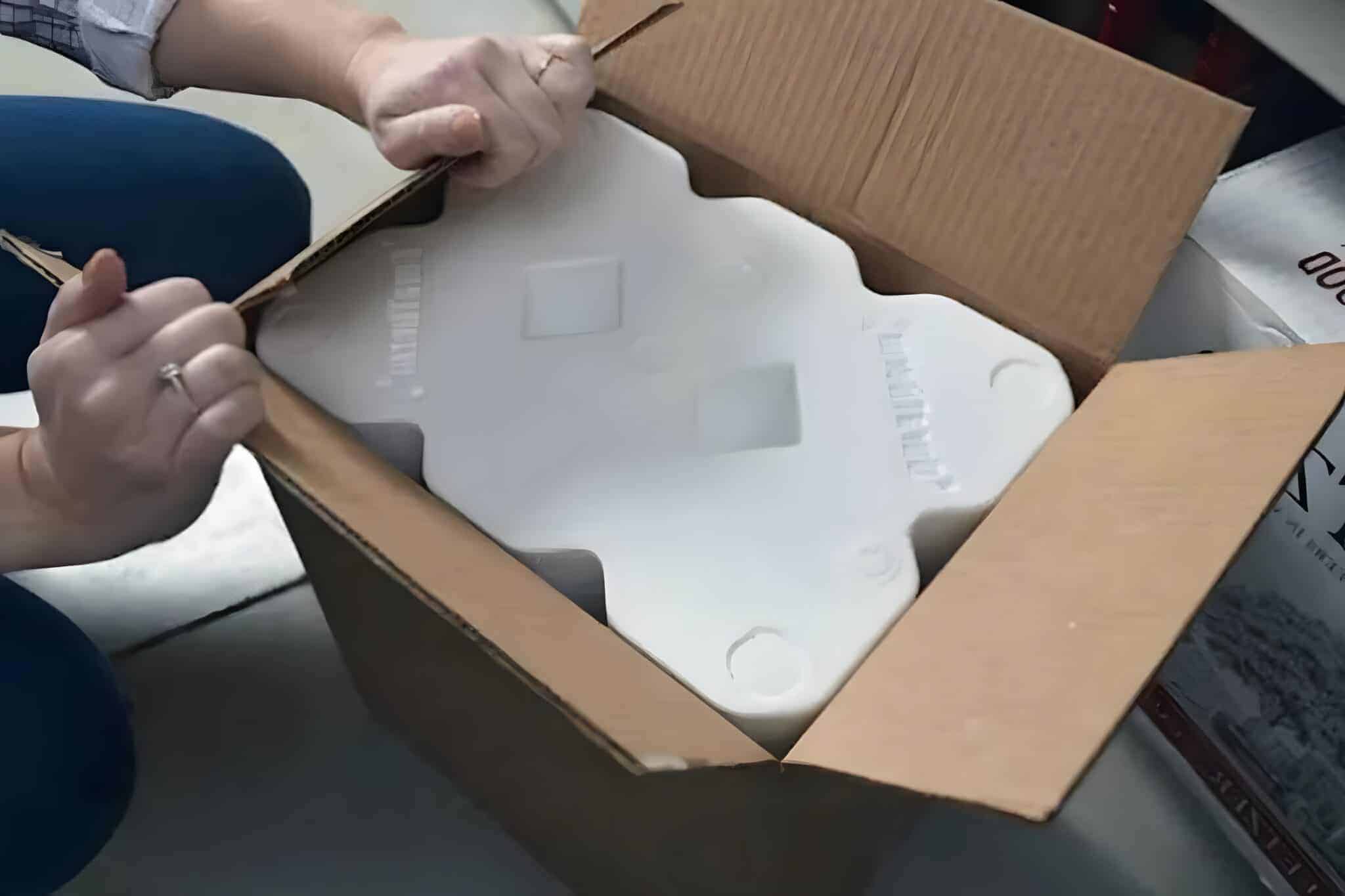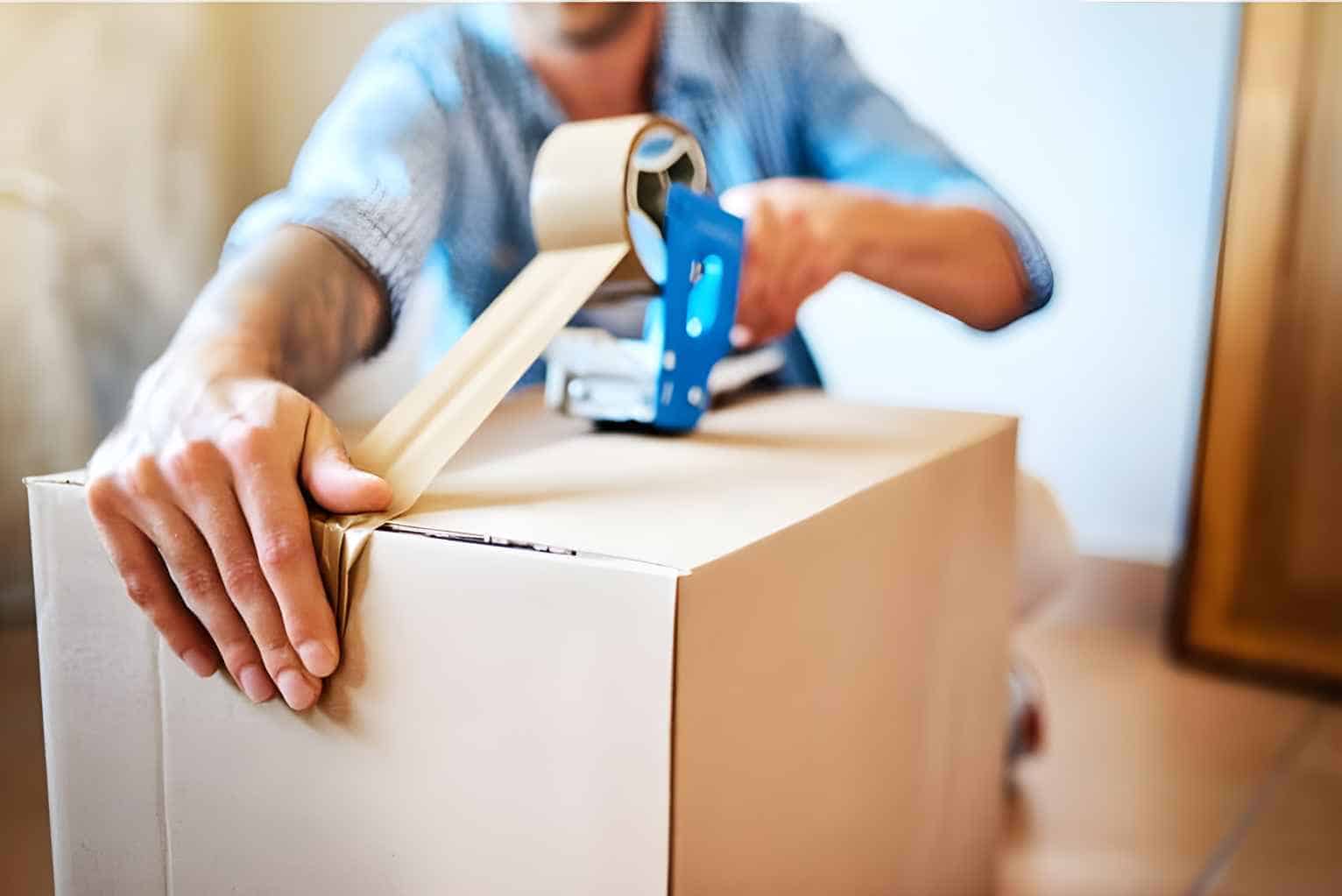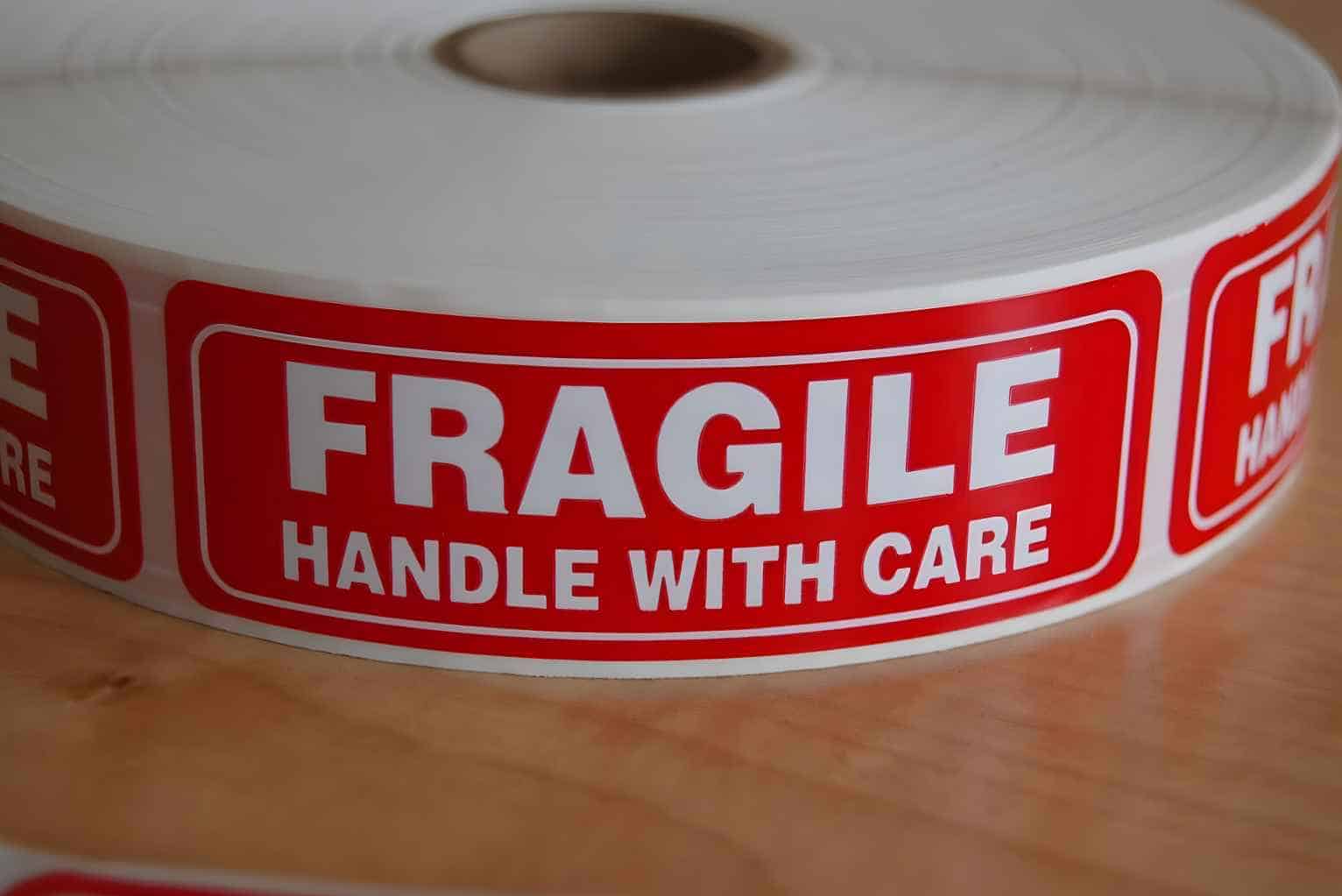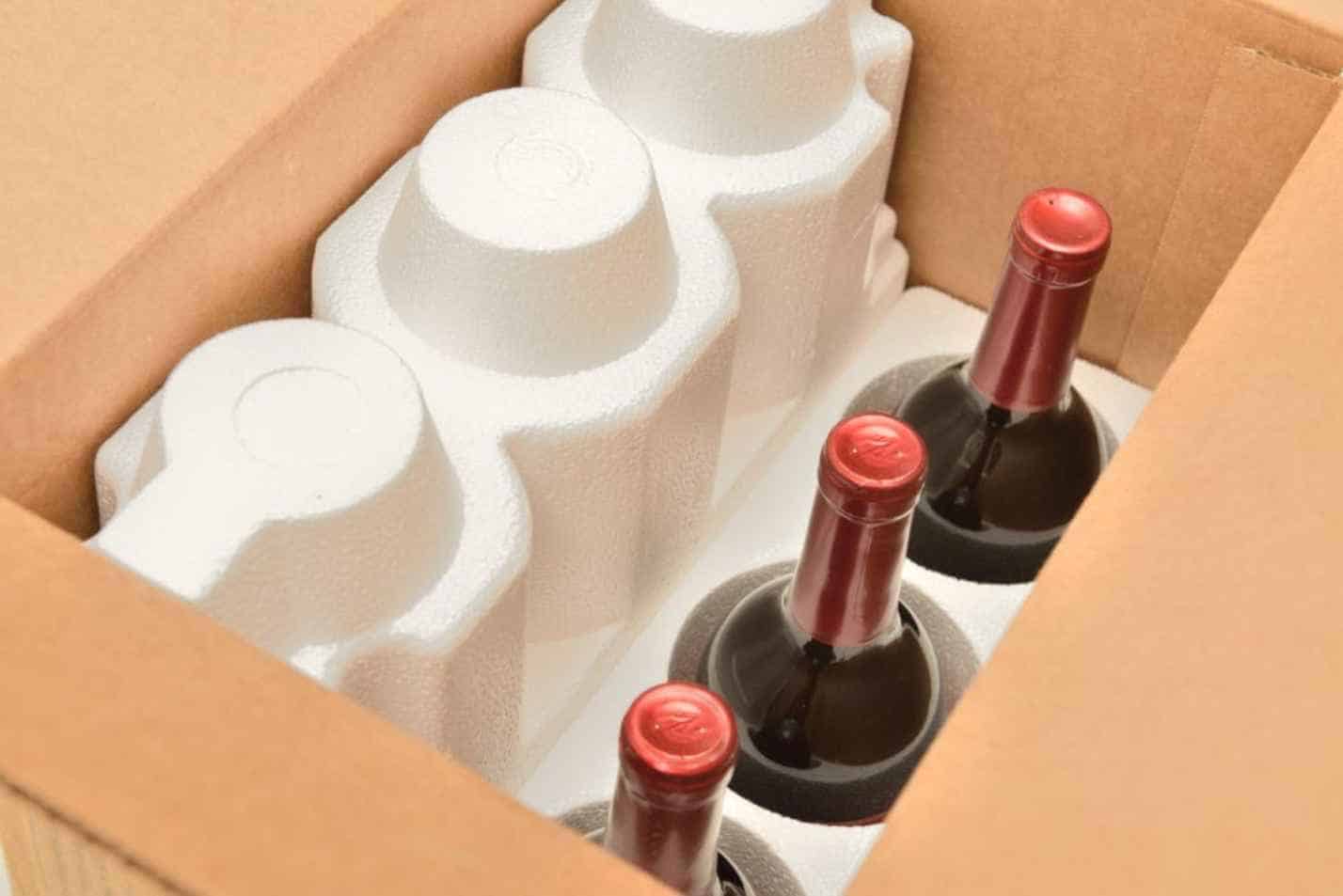Shipping fragile materials such as glass and bottles can be a bit tricky. It also requires much paperwork to ship alcohol. Don’t worry! This guide will tell you how to ship a bottle of wine, so you can transfer the delicious drink in no time.
Step 1: Planning and Paperwork
Alcohol is a very regulated product. It requires business licenses and paperwork that grants you the right to ship and pack alcohol. Not adhering to the proper permits can get your wine confiscated by customs if shipped internationally.
It’s best to check the proper documentation for your area and the address and country you will ship. Standard shipping couriers such as FedEx and UPS need pre-approval processes before you can send alcohol.
It’s illegal in many states not to submit the proper paperwork for approval when shipping alcohol. It’s best to adhere to the policies and not invoke legal troubles.
Finding the optimal time for shipping your wine bottle is also a part of the planning. It’s recommended to ship from the end of spring until early fall. The climate during that time provides the optimal temperature for lessening oxidation from the heat.
Here is the information to keep in mind when shipping wine bottles:
- Size of the Box
- Documents and Licenses
- Number of Bottles You will Transfer
- Is it International or Local Shipping?
If you already have all of the information needed, you can have an easier time transferring the wine bottles.
Step 2: Seal the Bottle
What differentiates the wine from other glass materials is its liquid content. The wine inside of the bottle can spill if it’s not sealed correctly.
Investing in a vacuum seal is the best option if you are a business and do Shipping constantly. It will eliminate the risk of spilling wine all over the parcel. If the unfortunate breakage happens, having the bottle vacuum sealed will keep the mess contained.
However, if you ship one-off bottles, just ensuring the seal is not broken is enough. Wrapping the top part with bubble wrap and tape can do the trick. However, it’s not as effective as the vacuum seal in keeping the mess when breakage happens.
Step 3: Provides Insulation to the Bottle
Insulation is needed to keep your bottle in a fine and pristine condition. Having the shipped from state to state or state to country guarantees a temperature rise.
Fortunately, there are wine bottle bags that are made for this problem. You can find these inflatable wine bags from online shops or at a local craft store. They offer added protection and insulation to your wine bottles.
Just pump them up with air, and it’s good to go. You can see the plastic in use in this packaging video. Most also fit standard-size wine boxes, so shipping them in a box is not a problem.
However, polystyrene foam is an excellent choice if you want a more secure option. It can provide added insulation and keep the bottle from moving while in transit. It’s recommended if you are a business as it keeps the quality of the drink.
Polystyrene foam is beneficial for international Shipping. As it takes longer and goes through more time in transit, maintaining the proper temperature is essential in keeping the quality of the wine.
Oxidation due to higher temperatures can mess with the quality and taste of the wine (wine fault). The risk is exceptionally high in the case of older vintage bottles. Insulators are essential in maintaining the taste of the wine.
Step 4: Secure the Bottle Inside Wine Box
Now that you have the bottle secured putting it in the wine box is the next step. If you use inflatable wine bags, this part is a breeze. Most wine bags are designed to fit the package nicely, especially as most come in standard sizes.
Once you secure the bottle inside the wine box, you can put it directly inside the shipping box. However, bubble wrap or another layer of an inflatable bag can also help secure it from breaking and being dented.
Some wine bottles also do not have any wine boxes. This has been prevalent for older wines in the cellar for a long time. A foam divider will do the trick if your wine bottle does not have a box.
Step 5: Secure it in the Shipping Box
Once you have the bottle secured, the next step is the box. Wine boxes are more straightforward as you just put them in with bubble wrap and be done. However, shipping multiple bottles can be a lot trickier.
If you are shipping multiple bottles of wine, foam dividers are essential. Not only will the foam fill the void in the box, but it also keeps the bottles from moving around. Foam dividers also protect the wine box from being dented.
However, adding a cushioning material is still recommended if you are shipping a single bottle of wine. If foam dividers are unavailable, bubble wrap or inflatable plastic bags for Shipping will suffice.
Step 6: Test if the Bottle Moves
Before you seal up your box, it helps if you try and test if the bottles are moving around. Put tape on the top of the box and try to tilt it to the side. If you hear the bottles shift, your wine is not secured.
Try to put on more cushioning materials such as bubble wrap or foam dividers to keep it from moving. The more space the box has, the more the bottle will move. Putting on a soft cushion makes the bottle less likely to break, even if there are humps and bumps during transit.
Once you tilt the box and the bottle does not shift, the package is secure enough for transit.
Step 7: Put on a Fragile Sticker
Once the bottles are secured, putting on a nice fragile sticker is the next step. It lets the handler know that there is something breakable inside of the package.
Most delivery options have these stickers and boxes available for you. However, if you want to ship your package inside the house, you can buy one yourself.
However, a fragile sticker does not guarantee that your package will be handled with care. It’s still best to use countermeasures to ensure your package arrives safely.
How Much to Ship a Bottle of Wine?
The prices of shipping wine can vary on the courier, state, and amount of wine you will ship. Most range from $10 to $100, depending on how much the package will weigh. Bottles with less than three pounds can be shipped for less than $15.
Most of these estimations will vary when shipping outside of the country. International Shipping costs more than local ones.
It will also be based on your courier and the type of service you want. A shared truck or LTL is the most common option if you are looking for a way to transfer individual wine bottles. It’s a less pricy way to transport the wine as the truck also contains other parcels.
However, if you want to transfer big bulks of wines, a dedicated truck or pallet shipping is the way. It offers more security to your bottles and has the least risk. With that said, it’s also pricier compared to shared trucks.
If you live in Europe, some couriers have a designated van for this delivery. They come at a price, but they can transfer your packages with fewer risks. Companies such as Eurosender transfer throughout different countries in Europe.
Is it Easier to Ship a Bottle of Wine to a Friend or Family?
It depends on your area. Shipping an individual bottle of wine is much cheaper and requires less preparation. However, you might have some problems with the papers and licenses.
In some areas, it’s much harder to pack and ship alcoholic products. As stated, you will need a license to be able to transfer alcohol. If you are a business, this pre-approval process is much easier.
However, having so much paperwork for a one-off individual package can be daunting. Fortunately, there is some workaround to this problem.
Many wine companies offer to ship off alcohol internationally and locally. If you are looking forward to giving someone a bottle of wine as a gift, doing so directly from the business is the best way. Not only will it be much safer, but it also lessens the amount of work you will do.
If this is not your option, say your wine is homemade; going through the paperwork is your way. Some also risk their wine through mail couriers. However, this is not recommended as they are not secure and might get you into some legal trouble.
In Summary
Transferring your precious wines can be challenging. You will need to keep the temperature, fragileness of the bottle, and the mode of transit in mind.
We hope this guide on how to ship a wine bottle answers all of your questions. With an easy seven-step process, you can transfer your wine in no time.

George Moore, co-founder of Wine Flavor Guru, is a charismatic entrepreneur with a rich background in California’s wine industry. Alongside Sylvia, he transformed a Sonoma County vineyard into a source of premium wines. George’s expertise in sourcing exceptional grapes and his approachable style make wine appreciation both accessible and engaging.
